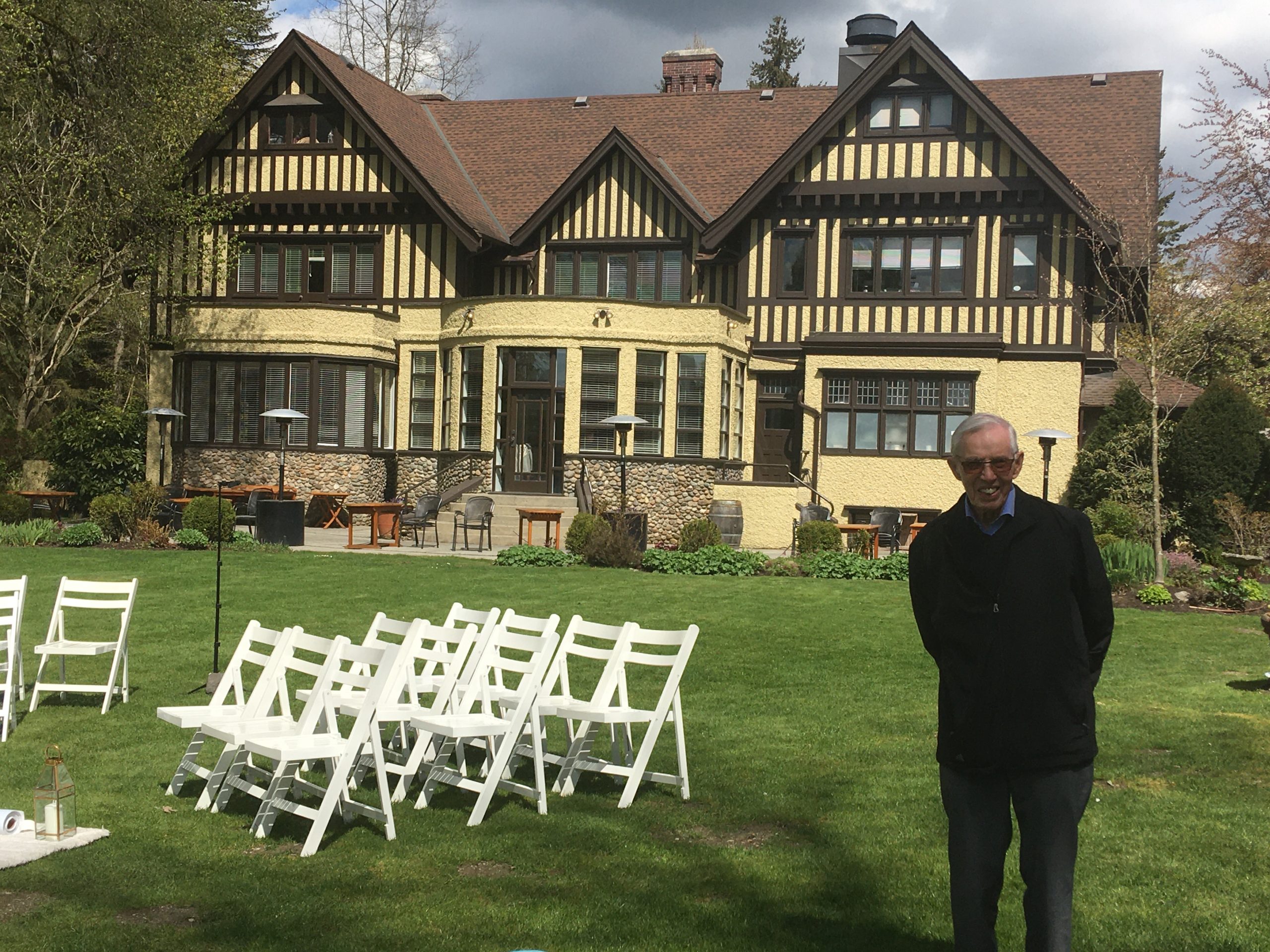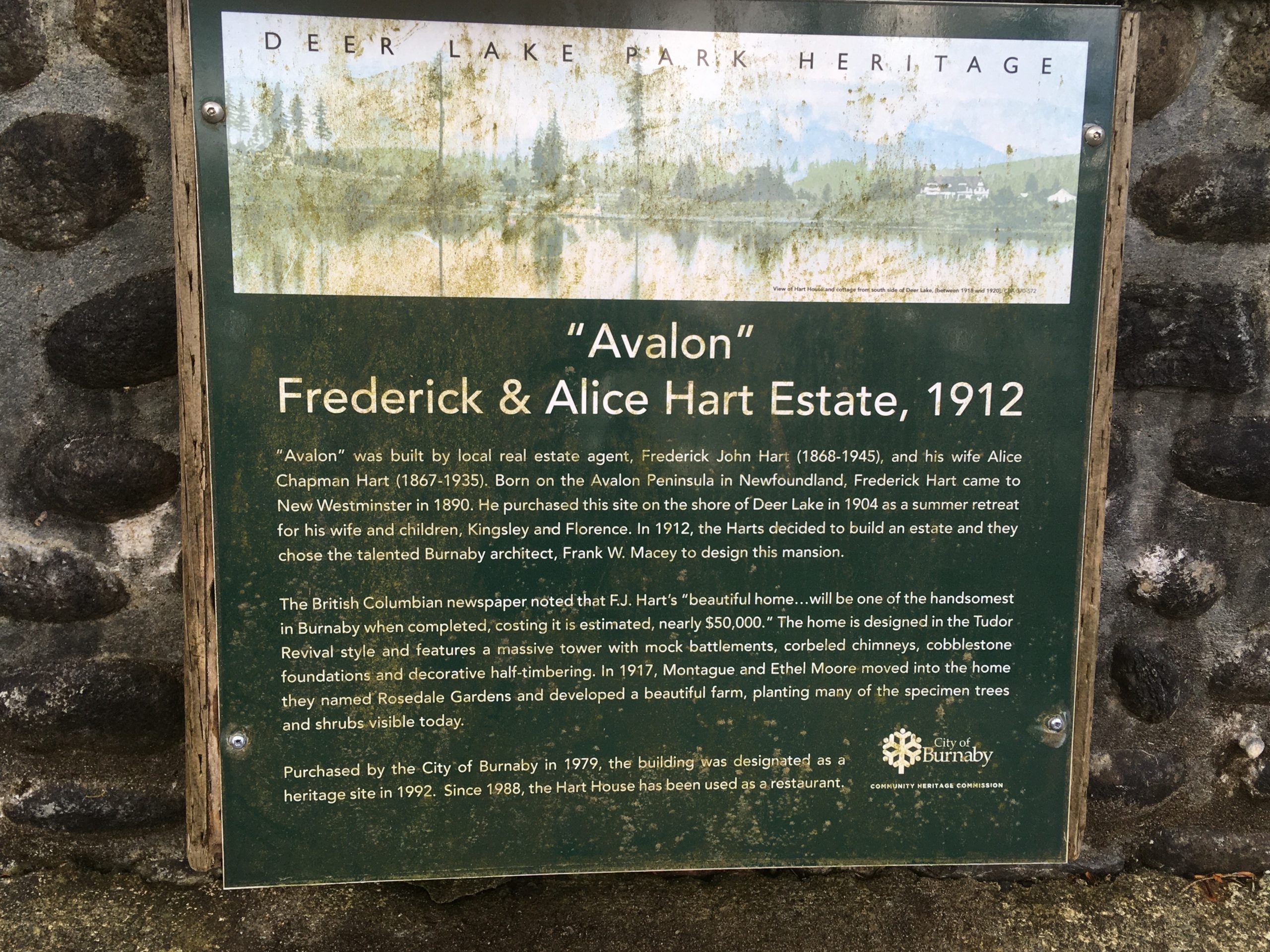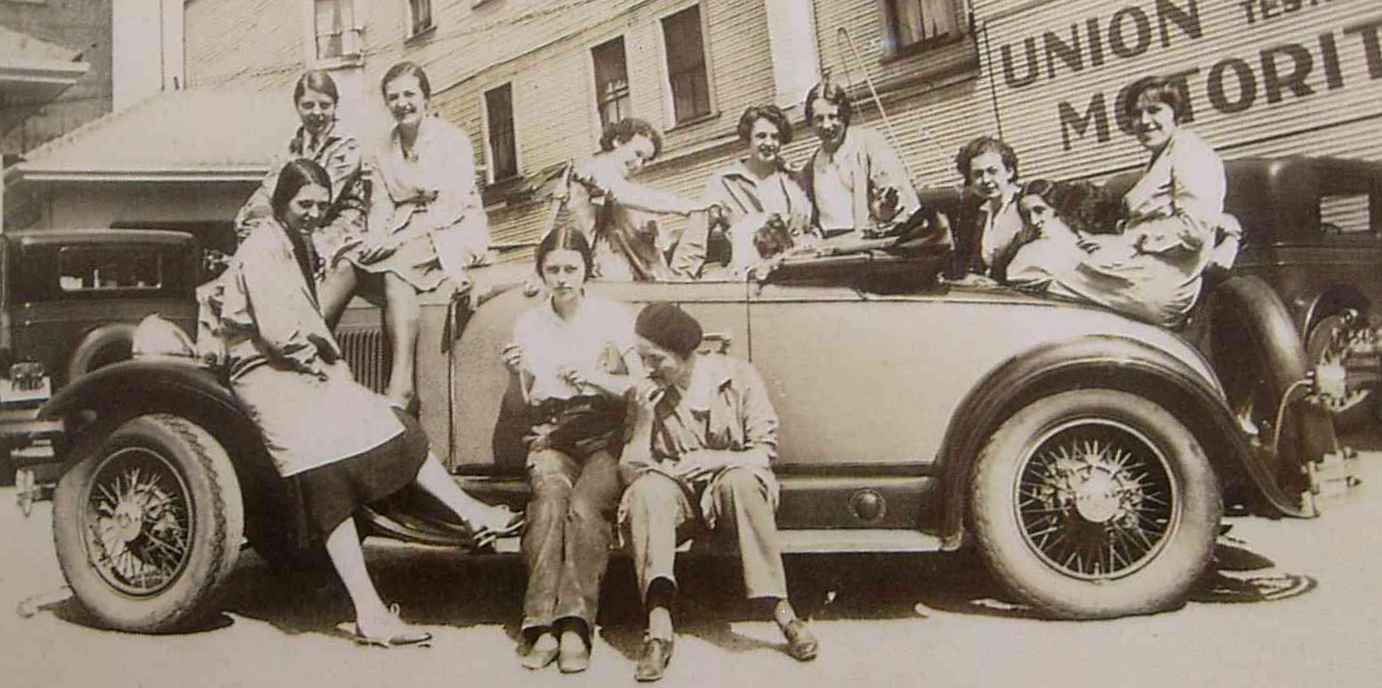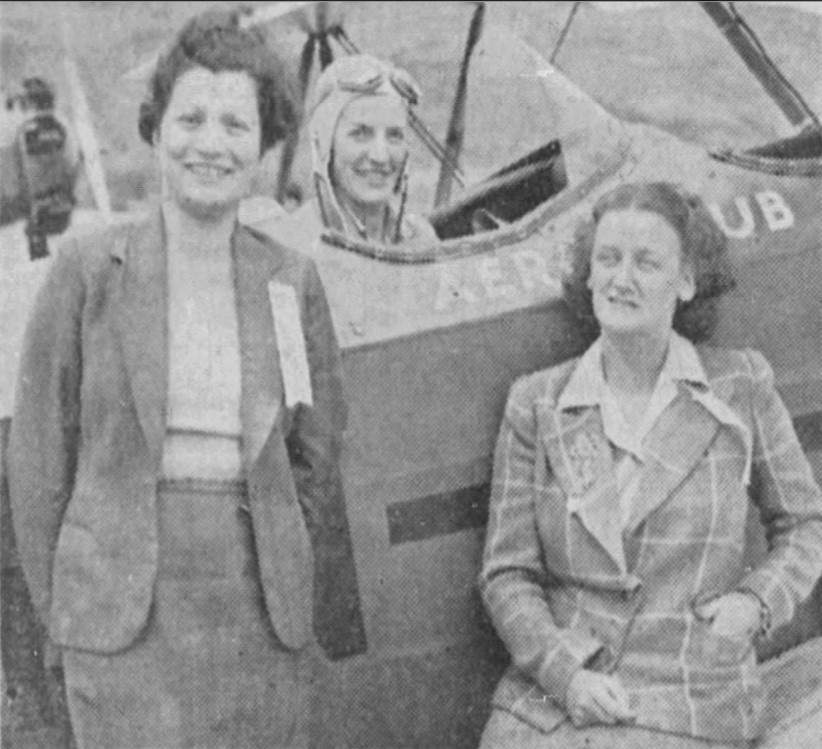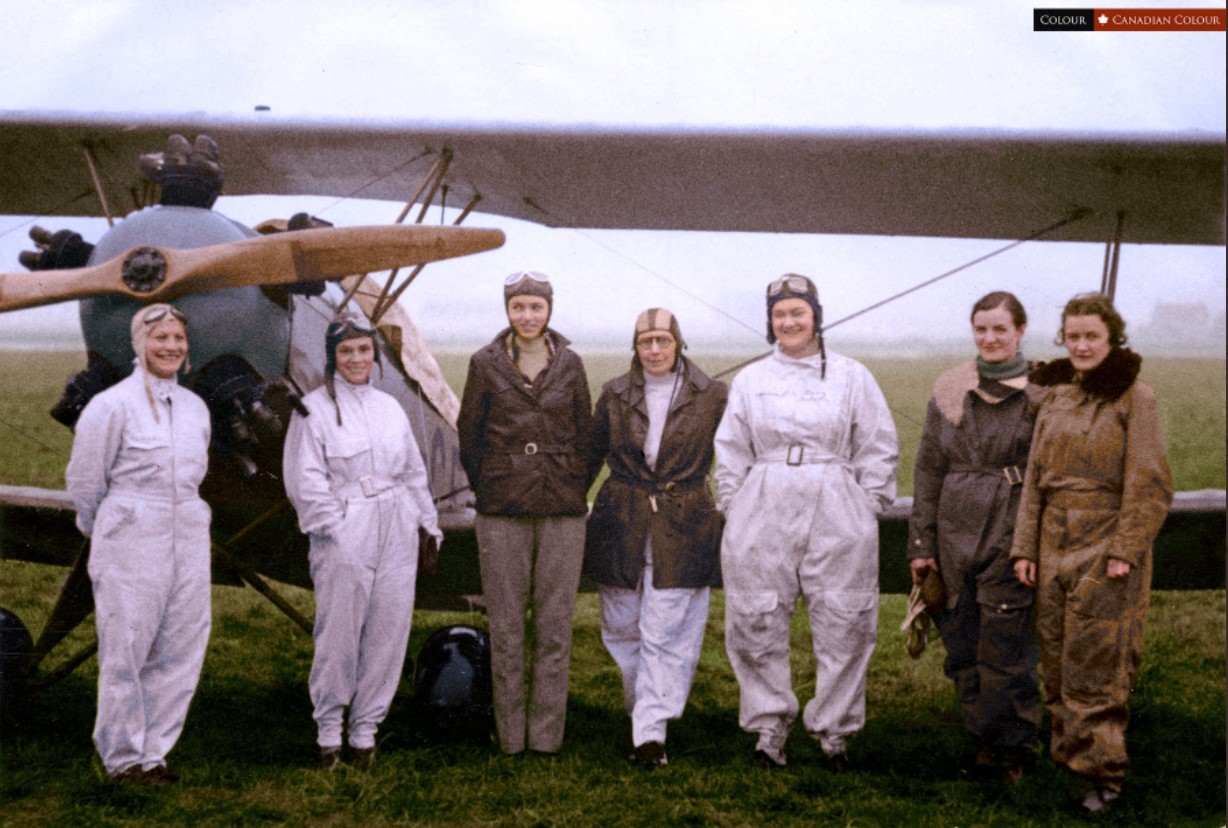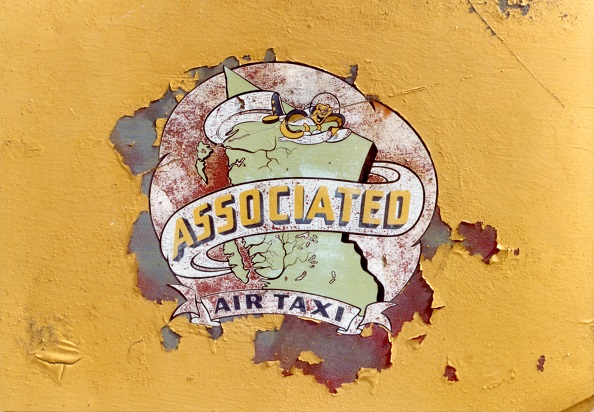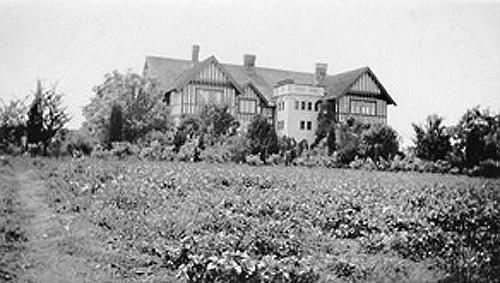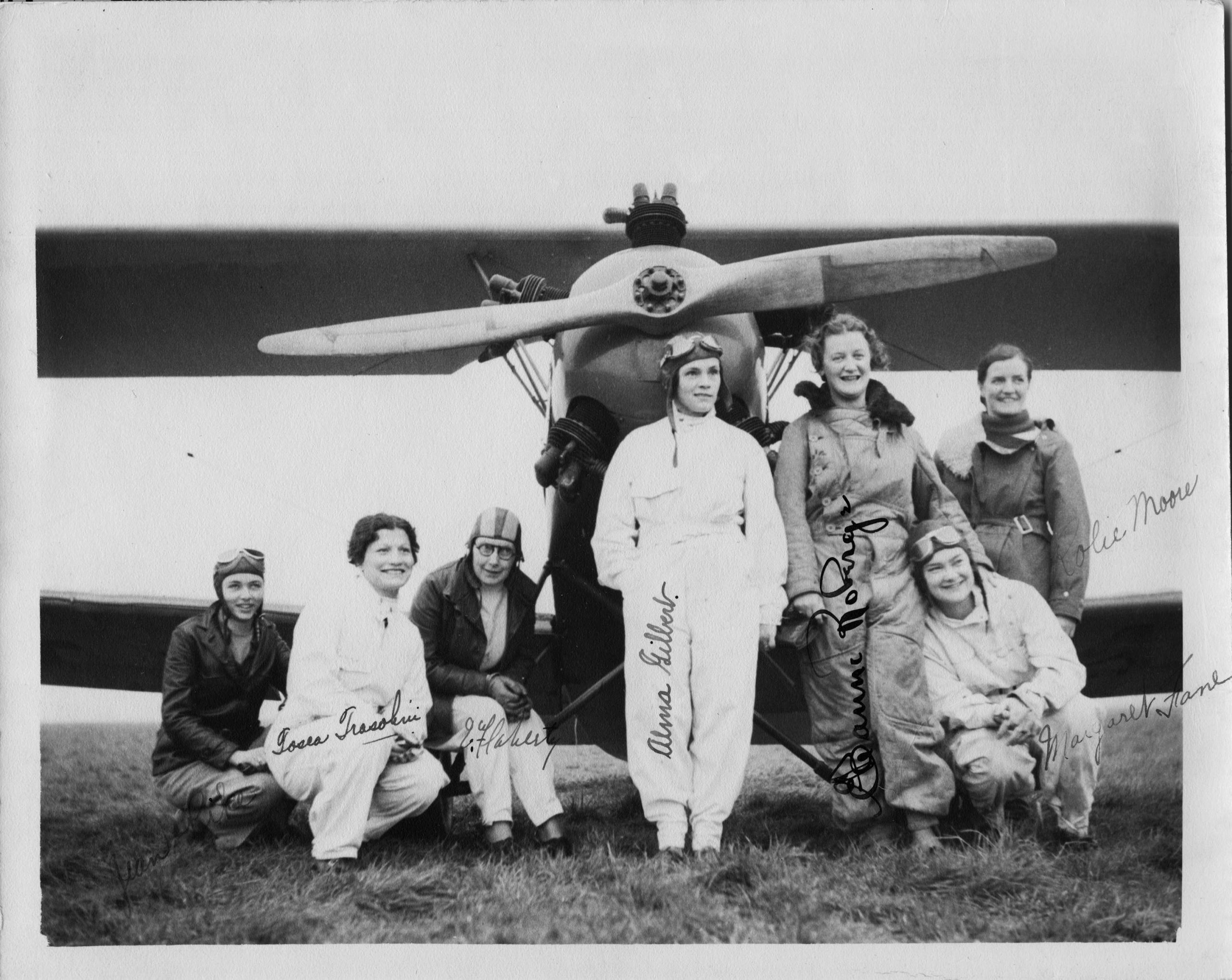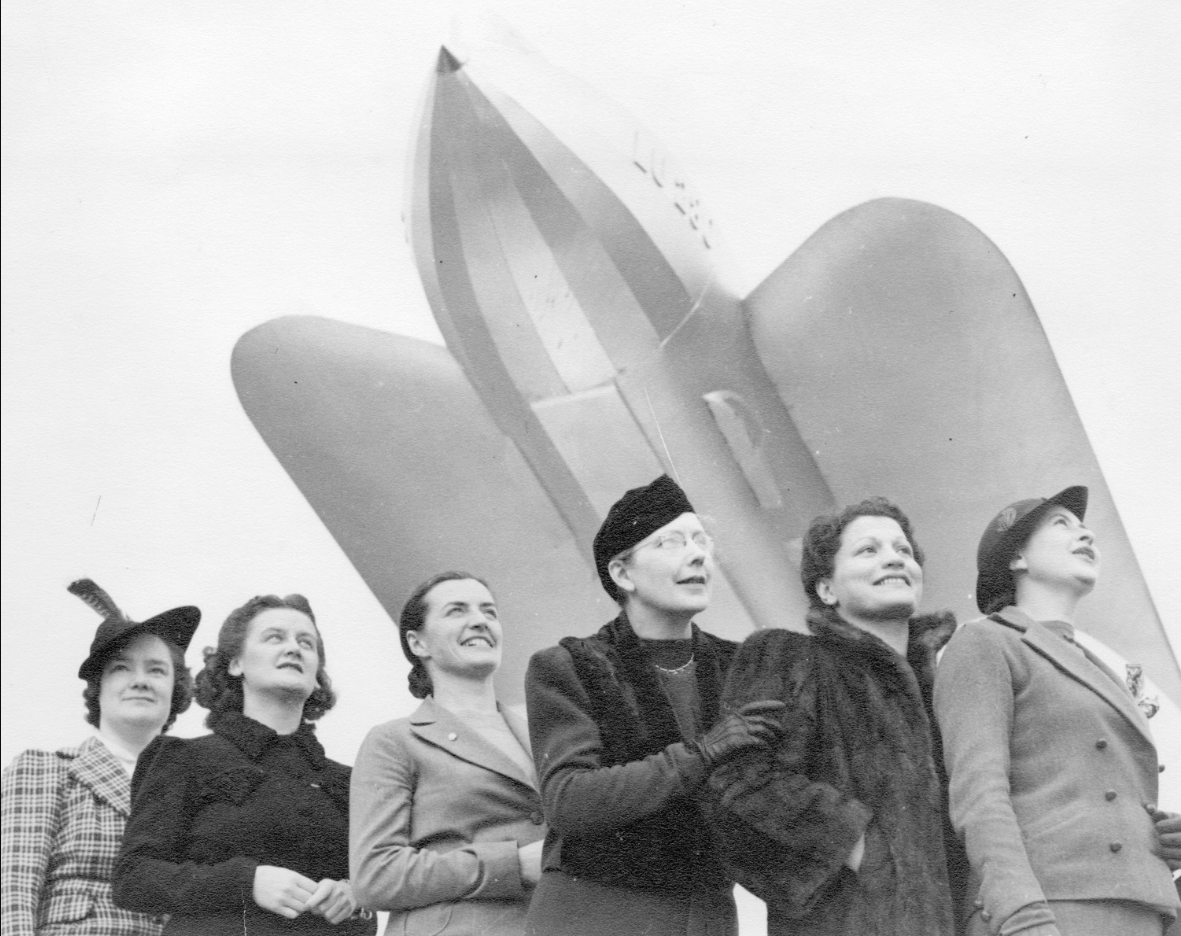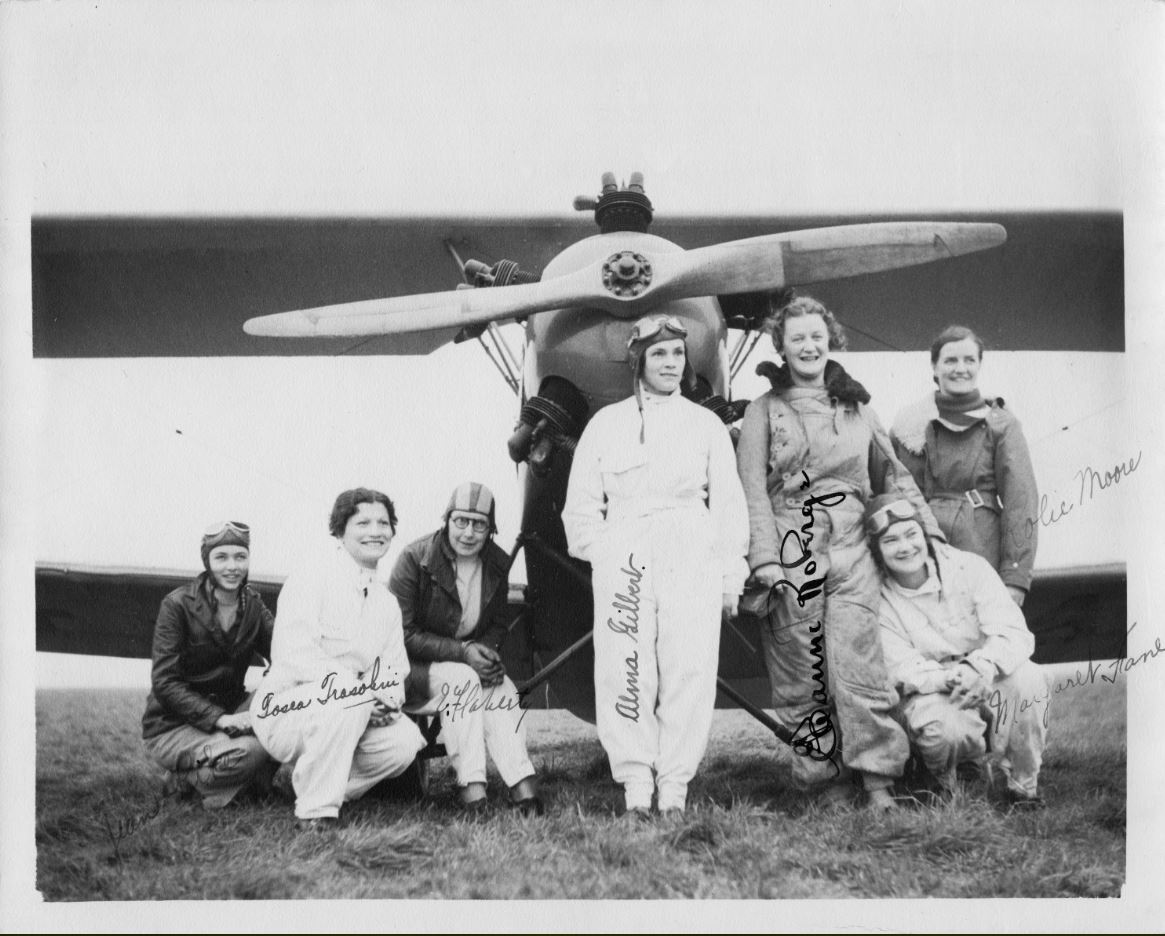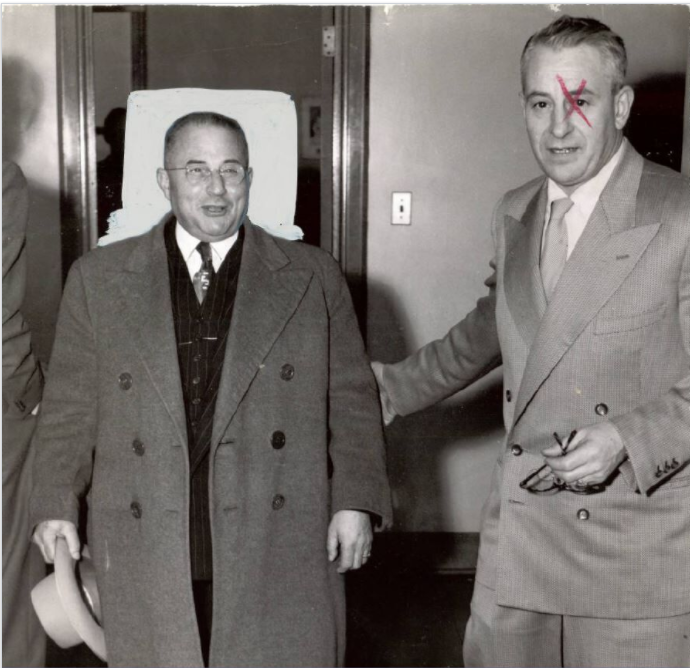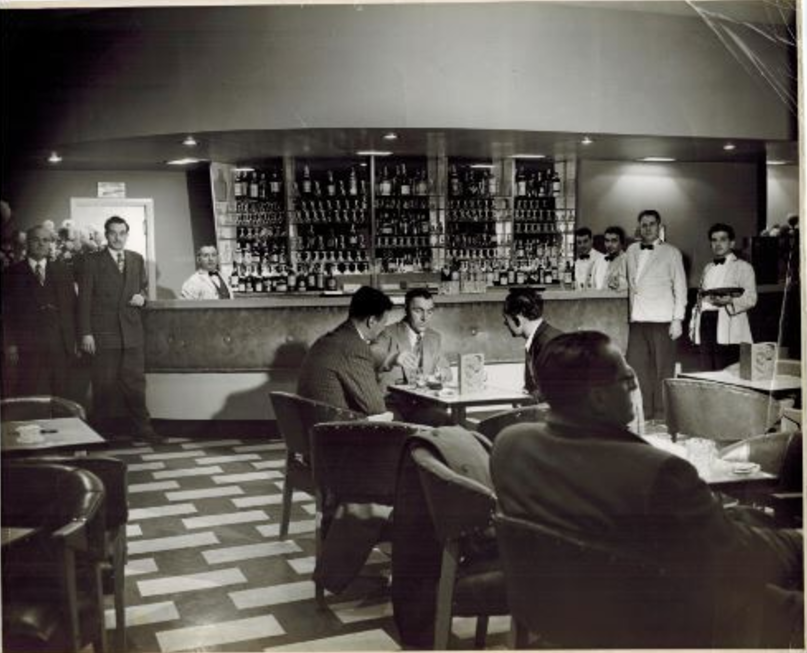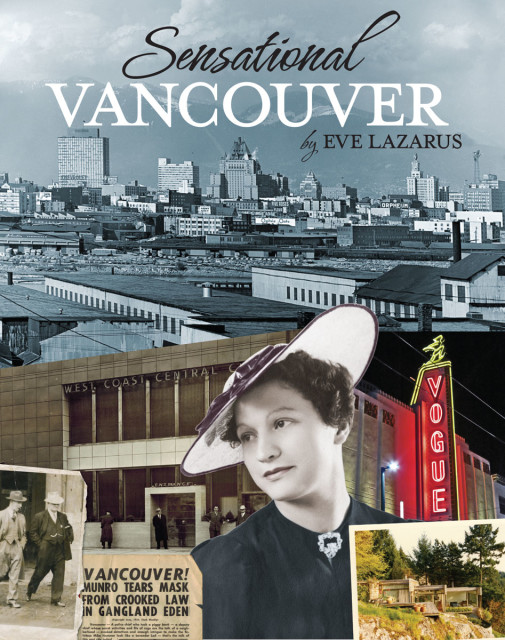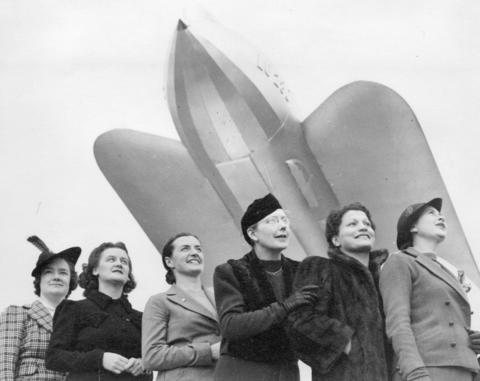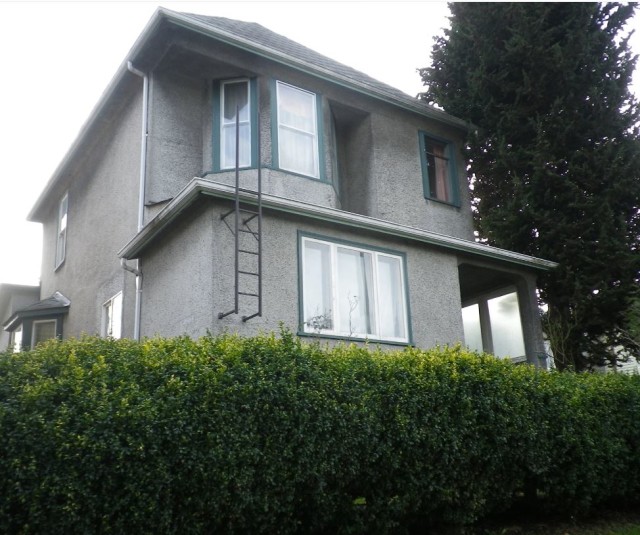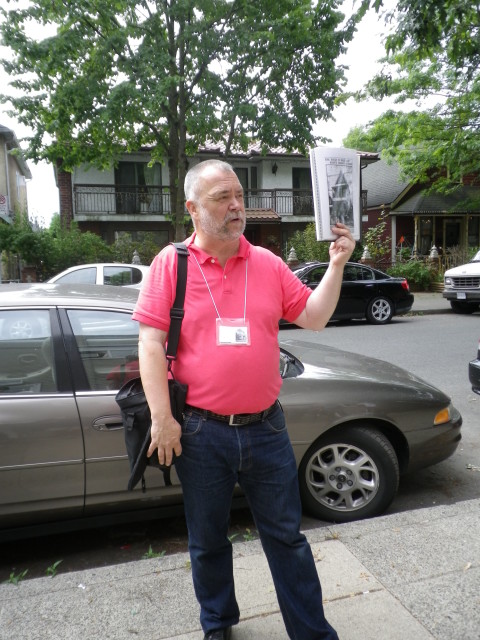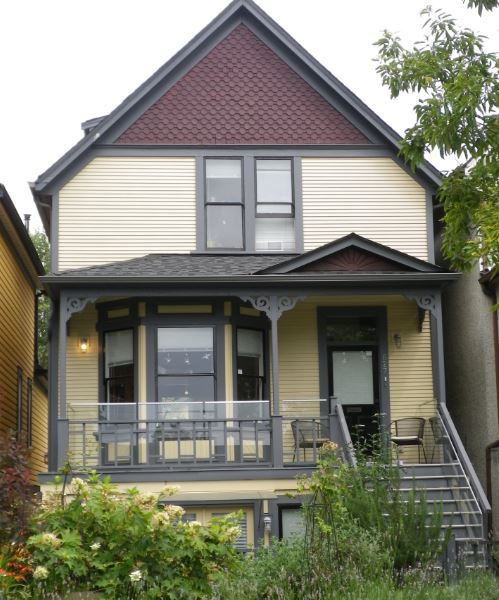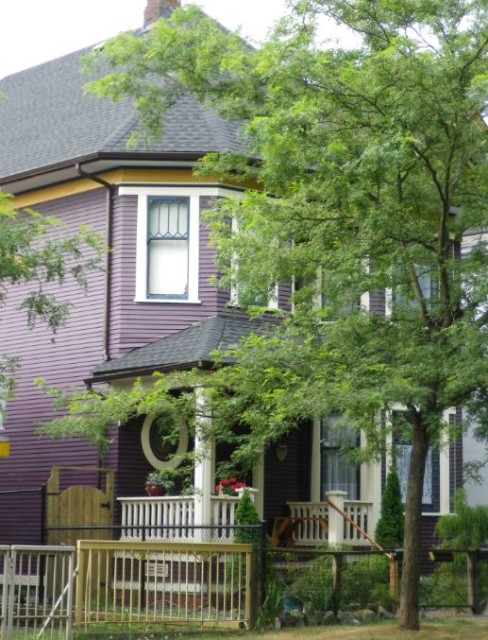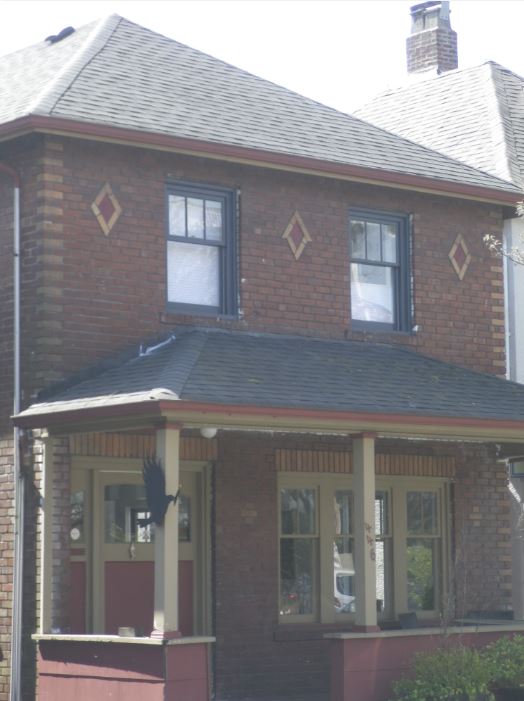December 7 is International Civil Aviation Day. It’s a great excuse to write about Margaret (Fane) Rutledge (1914-2004), founder of the Flying Seven and one of the country’s first female pilots.

Edmonton:
Margaret Fane was born to an Edmonton family who were obsessed with making things move. Her father, William Fane, began by repairing carriages, and by 1928 owned what was reputedly the “largest automobile repair plant in the west.” He was the founding member of the Edmonton Glider Club, and in 1933, hand built a glider in his shop. That same year, 19-year-old Margaret, the second oldest of six, received her private pilot’s licence #1317 and became the only female member of the Edmonton Aero Club.

The family moved to Vancouver in 1935, and Margaret was soon proficient in flying a Cirrus Moth, a Gypsy Moth, an American Eagle, an Alexander Eaglerock and a seaplane.
Meets Amelia Earhart:
Margaret didn’t talk much about herself, says her niece Pamela Fane, the family’s historian. “She said very little about her history except the odd time when something came up. One day my husband and I were with Margaret and her husband Keith talking about where Amelia Earhart had put her aircraft down (in 1937),” says Pamela. “Margaret just shook her head and said: ‘I told her not to go’. We knew that she knew her but we didn’t know that she knew her that well.”

Twenty-one-year-old Margaret had met Amelia Earhart when she flew down to the Burbank Airport in 1935. She was hoping to form a Canadian chapter of the famous Ninety-Nines—an American organization for women pilots.
The Flying Seven:
There weren’t enough experienced Canadian pilots to form a chapter, but Margaret and the older Amelia became friends and stayed in touch, and Margaret formed the Flying Seven—which included Rolie Moore, Jean Pike, Tosca Trasolini, Alma Gilbert, Betsy Flaherty and Elianne Roberge.

Pamela grew up in Montreal and moved to Vancouver in 1969, spending that summer and fall with her aunt Margaret and uncle Keith, a helicopter engineer. “On July 20, my uncle moved the black and white television to the pool deck and set up chairs,” says Pamela. “There were three of us and my parents watching the landing on the moon. That was pretty amazing—an aviation pioneer watching what was unthinkable at the time when she obtained her pilot licence.”
Ginger Coote Airways:
In the 1930s, even the smallest of airlines refused to hire women pilots, so Margaret obtaineded her commercial radio operator’s licence and stayed in the industry. Ginger Coote hired her as a dispatcher, and Margaret became the world’s first female radio operator. Keith Rutledge told a story of the time when Coote had been drinking heavily and fell off the float of a plane. Margaret saved him from drowning.

After Ginger Coote Airways was folded into Canadian Pacific, Grant McConachie hired Margaret as his head of reservations. She stayed for over 20 years.
Pamela says Margaret and Keith frequently entertained and the food was always beautifully presented in silver serving dishes, crystal bowls with sterling silver cutlery. “Margaret could whip up a gorgeous dinner in no time flat,” says Pamela. “The guests had no idea they were eating food prepared from frozen packages and cans.”
Related:
- Tosca Trasolini and the Flying Seven
- Rolie Moore and the Flying Seven
- The Flying Seven and the Cambie Street Rocket Ship
- © All rights reserved. Unless otherwise indicated, all blog content copyright Eve Lazarus.



